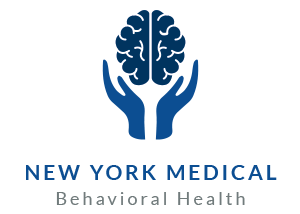Bipolar Disorder – Classifications & Treatment
Bipolar disorder, also known as manic-depressive illness, is a complex brain disorder that involves sudden mood shifts from high to low. These dramatic mood swings, or episodes, are a range of stages between mania and depression. Bipolar disorder affects over five million Americans. It most frequently develops in late adolescence or early adulthood, but may begin during childhood as well.
Signs of Mania
- Euphoria
- Increased energy
- Restlessness
- Aggressive behavior
- Decreased need for sleep
- Increased sexual drive
- Inability to concentrate
Signs of Depression
- Sadness
- Hopelessness
- Anxiety
- Guilt
- Fatigue
- Change in appetite
- Loss of interest
- Suicidal thoughts and/or the threat to commit
The severity and frequency of these symptoms are classified into different types of bipolar disorder.
The cause of the disorder is not known, but it is believed to be a combination of genetic, biological and environmental factors.
Like with many mental health disorders, bipolar disorder has a range of severity. It is important to reach out to your health care provider when the slightest indication occurs. If left untreated, it will worsen and can eventually lead to suicide. Treatment usually includes mood stabilizing, antidepressant or anti-seizure medications and psychotherapy.
Since bipolar disorder is recurring, long-term treatment is usually recommended to maintain a balanced mood throughout one’s lifetime. Long-term treatment can help make this potentially life-threatening disease manageable. Talk to your doctor at the first sign of symptoms to help treat bipolar disorder.
Although insurance does not cover TMS for Bipolar disorder, it is still a treatment option which has a positive success rate. Currently, TMS is only covered by insurance for depression. However, there is evidence that this procedure can be effective for treatment of a wide range of brain disorders, including bipolar disorder.
